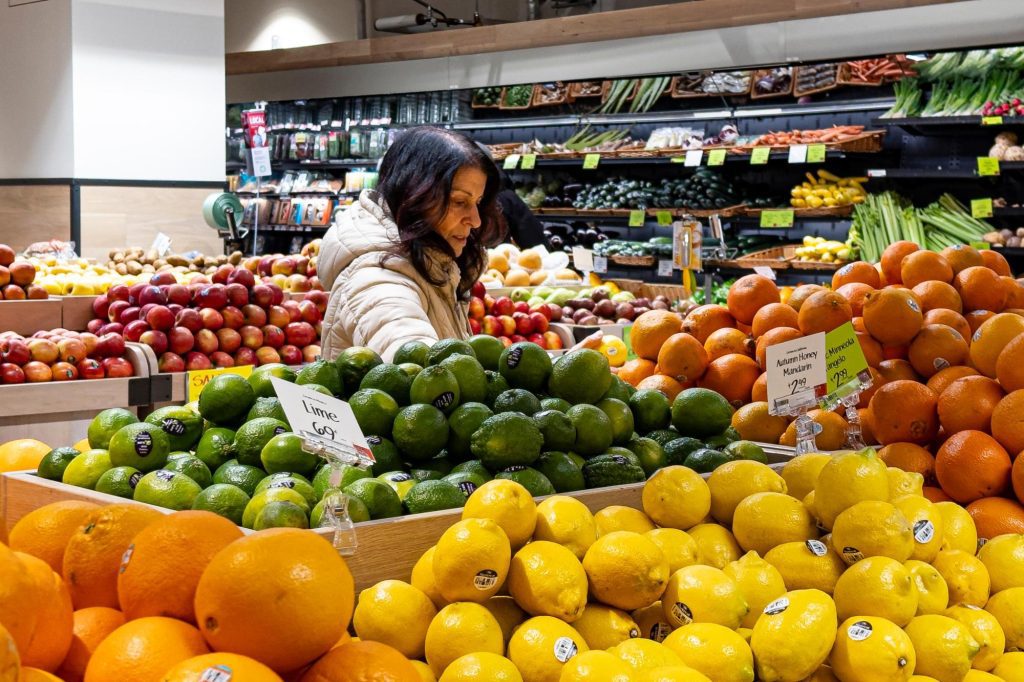By JONEL ALECCIA (AP Health Writer)
The federal program that assists with grocery costs for millions of low-income mothers, babies, and young children will soon focus more on fruits, veggies, and whole grains. It will also offer a wider variety of foods from various cultures.
The final rule changes for the WIC program were announced Tuesday by the Food and Nutrition Service. They will take effect within two years with a few exceptions.
The new WIC rules, last updated 10 years ago, will make a permanent increase in monthly cash vouchers for fruits and vegetables that was first put in place during the COVID-19 pandemic. Shoppers will also be able to buy canned fish, fresh herbs, and lactose-free milk, among other changes. The voucher adjustments will come into effect by June.
Agriculture Secretary Tom Vilsack said, “It places a heavy emphasis on fruits and vegetables, which we think is an important component of a healthy diet. It’s designed to fill the nutrition gaps that are often in the diets of many of us.”
In 2023, the WIC program served about 6.6 million low-income Americans monthly, costing a little over $7 billion. It aims to supplement the food budgets for pregnant, nursing, and postpartum women, as well as feed babies and young kids up to age 5 by providing vouchers to qualifying mothers and children with specific food lists and amounts.
However, officials have said only about half of those who meet the criteria are enrolled in the Supplemental Nutrition Program for Women, Infants, and Children.
Under the new rules, fruit and vegetable vouchers in 2024 will give $26 per month for kids ages 1 through 4; $47 per month for pregnant and postpartum women; and $52 for breastfeeding women. The changes also increase access to whole grains like quinoa, wild rice, and millet, as well as to foods like teff and whole wheat naan. They also remove or decrease monthly allowances for juice and milk.
The food plans in the program are based on recommendations from the National Academies of Science, Engineering, and Medicine and the federal 2020-2025 Dietary Guidelines for Americans.
The plan did not include a requested change by top allergists in the U.S. to add peanut products to the foods allowed for babies ages 6 months to 11 months to help prevent peanut allergies.
A 2015 study indicated that early introduction to peanut foods can lower the risk of allergy development in high-risk kids, and several U.S. guidelines suggest exposing high-risk children to peanuts as early as 4 months.
Dr. Gideon Lack of King’s College London, who led the study, stated that adding peanut to the WIC guidelines could have prevented more than 34,000 infants from developing a peanut allergy. However, federal nutrition officials concluded that the change was “outside the scope” of the final rule.
Dr. Ruchi Gupta, a pediatrics professor and child allergy expert at Northwestern University, expressed her disappointment at the omission. She pointed out that WIC enrollees often include children of color who are at higher risk of developing dangerous peanut allergies.
She said that the decision will only make the differences in food allergy rates that we already see bigger.
___
The Howard Hughes Medical Institute’s Science and Educational Media Group supports the Associated Press Health and Science Department. The AP is solely responsible for all content.



